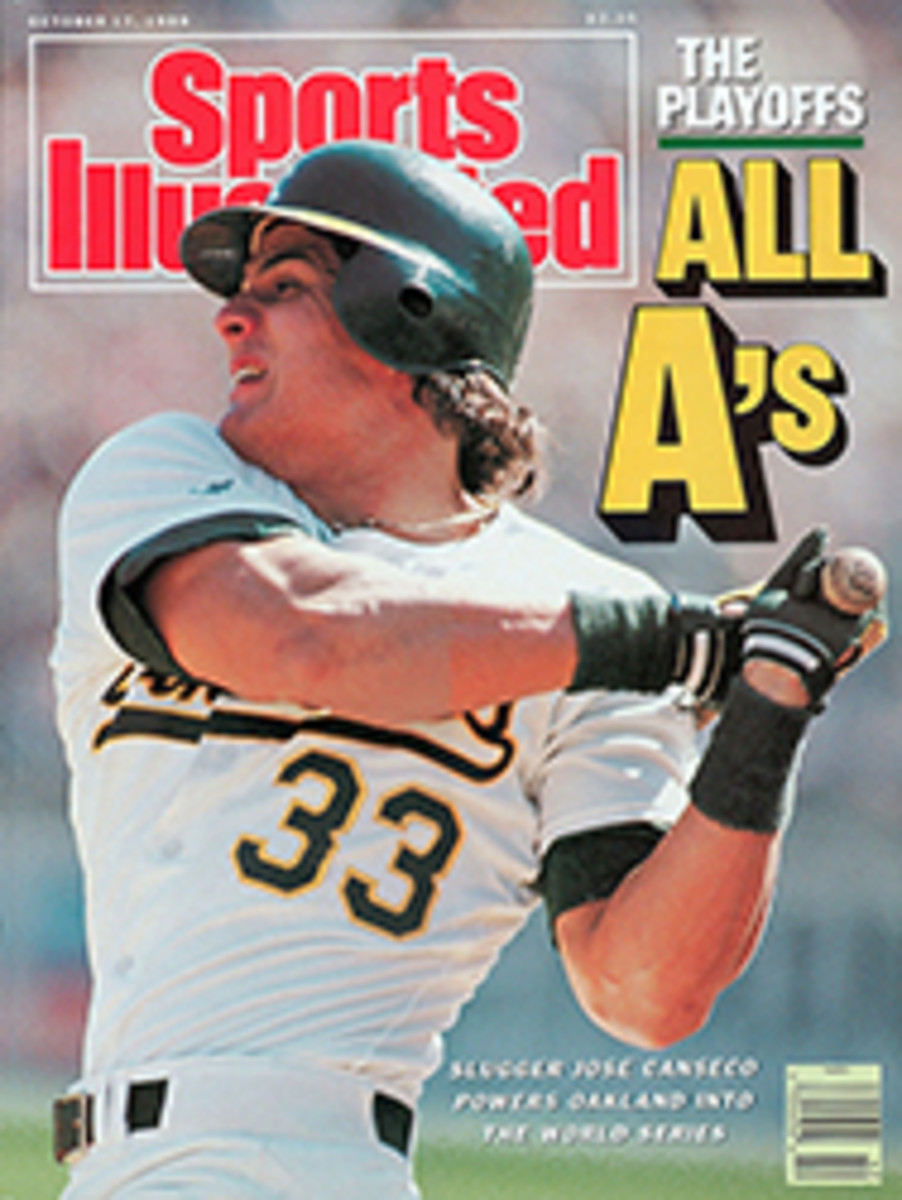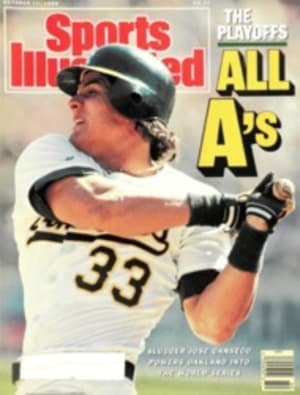
SOGGY DAYS FOR THE U.S.
Joey Sindelar leads the PGA Tour in earnings this year with $706,636, a fact that seemed to impress absolutely no one last week at the Suntory World Match Play Championship in Wentworth, England. Indeed, the '88 Match Play will be remembered as much for how Europe's best again sacked America's team as for Sandy Lyle's romps past Seve Ballesteros and Nick Faldo to win the title over Wentworth's sodden Burma Road course. The three Americans in the 12-player field were swept away in Friday's quarterfinals. Faldo ousted Sindelar 5 and 4, Ian Woosnam routed PGA champion Jeff Sluman 7 and 6, Ballesteros beat TPC winner Mark McCumber one up on the 37th hole—and when's the next Concorde?
True, U.S. Open champion Curtis Strange and No. 2 money-winner Chip Beck weren't on hand, but the Friday shutout further underscored the now well-established notion that the Old World's very best will usually whip the New World's. "Right now," Sindelar admits, "we don't match up with them at the very top of the game."
Sindelar, 30, hopes that he can help lead a revival in America's golf fortunes. In five years, he has won five tournaments and nearly $1.7 million. He traces his recent success—three victories and more than $800,000 in earnings the last 14 months—to a new swing. The old Sindelar swing was overly upright and tended to let him down on tight layouts. The new Sindelar swing features a flatter plane. "This has been my best year, but that's all I'd like to label it," he says. "I'm not ready to do handstands, because I think I can do significantly better."
Those familiar with Sindelar's talent and modest manner know this is no idle boast. His 5'10" frame and 200 pounds anchor what may be the fastest, most powerful hand action on the Tour, and he has always been one of the top 10 in driving distance. This year Sindelar has averaged 274.4 yards off the tee.
He has great touch, too. Lyle, the Masters champion, says, "Joey's game really has no weakness. With him I think it's just a short matter of time." At Wentworth, when Sindelar holed his fourth straight chip across the practice green, his only comment was "I guess that's an easy shot."
Sindelar is hardly your typical Tour pro. He didn't grow up in the Sun Belt and play country club golf 12 hours a day. Instead he got his start at the age of six in that golfing hotbed of Horseheads, N.Y., a town of some 7,000 in the central part of the state, not far from Elmira, and home to snow five months of the year. Joey's father, Joe, a mailman in Horseheads, was a scratch golfer. His dream was to develop Joey, the oldest of his three children and his only son, into a player good enough to earn a college golf scholarship; he even took a second job to underwrite Joey's golf program.
"You don't start a golf career in Horseheads unless you're on a mission," says Sindelar fils And a mission it was.
By the time Joey was eight, he had shot his weight—86—at the local club. At 14, he won the 1972 New York State junior championship.
"My dad was always methodical in everything he taught me," says Joey. "Even when I wanted to learn to bowl, I couldn't just go to the alley and smash the pins down like the other kids. My dad would get a lane off to the side, remove all the pins and watch me shadow bowl, working strictly on form.
"I never minded the work, because I could see the rewards. But every now and then some of the relatives would say to my dad, 'Geez, Joe, let him be a kid.' "
Right on schedule, Sindelar got the golf scholarship—to Ohio State, the alma mater of Jack Nicklaus, Tom Weiskopf and Ed Sneed, among others. Sindelar earned All-America honors three times and a B.A. in education for good measure. In 1979 he led the Buckeyes to the NCAA championship. Once, as a raw sophomore, Sindelar begged his coach to let him play on Ohio State's Scarlet Course in a sevensome that included Weiskopf, who was still in the late prime of his pro career. "I started making birdies, but I didn't think anyone was keeping track," remembers Sindelar. "Finally on the 18th tee I get up the nerve to ask Weiskopf for his autograph. He looks at me and says, 'The hell with the autograph. You birdie this hole for 62!' I bogeyed, but it was an experience that let me know I could play."
By the time Sindelar joined the PGA Tour in 1984, he was being compared with the same Buckeye Weiskopf had always been compared with: Nicklaus. Sindelar made $116,528 in his rookie year, $282,762 in '85 and $341,231 in '86, but he wasn't happy with his game.
"I was a better ball-striker as a senior in high school than I was in my first years on tour," he says. "I made money because I could drive the ball long. If I had a good driving week, I'd hit nothing but short iron approaches. That doesn't test your swing." Sindelar had his problems on longer and tighter courses, forever fearful that his too-upright swing wouldn't work. "On long irons over water, I was constantly afraid of either hitting behind the ball, or hitting an ugly skink out to the right." (Yes, "skink" is an entirely new word to these pages. A skink may best be described as a semi-shank.) Little wonder, then, that Sindelar was usually a no-show on the leader board at the major championships.
Inevitably, his entire game began to fall apart, and he struggled during the first half of 1987. After shooting 80-79 to miss the cut at the PGA Championship in Palm Beach Gardens, Fla., Sindelar came off the course ready for drastic action. With the South Florida summer sun blazing, he and his father, to whom he still turns for advice, worked for three hours on moving Joey's hand position at the top of his backswing a full foot closer to his right shoulder.
In a sport where nearly imperceptible adjustments are considered major, Sindelar embarked on a drastic change that might not have been reliable in competition for a year, if ever. "We knew we were taking a big chance," says Sindelar. "But I had to change if I was going to play to my potential. Besides, being so mad at myself made the working on it easier."
So did talent. A month and a half later, with Joe as his caddie, Sindelar won the B.C. Open before the home folks in Endicott, N.Y., a town 40 miles from Horseheads.
Sindelar has hardly let his success interfere with his desire to reach perfection. At Bay Hill in March he asked Fran Pirozzolo, a family friend and a sports psychologist, to follow him on the back nine. "I told him, 'I'm swinging terrible,' " says Sindelar. "But then I get it going and birdie five out of eight holes. Still, I asked him, 'Doesn't my swing look awful?' He just looked at me and said, 'Joey, what are we playing here? Golf swing, or golf?'
"Right then I decided that my swing might not be perfect, but I can play with it." In August, Sindelar played with it very well down the stretch in the International at Castle Rock, Colo., when he birdied five of the last nine holes to collect the winner's check of $180,000. That staggering sum vaulted Sindelar to the top of the money list, where he currently leads Beck by $11,978, with Lyle, the odds-on choice for Player of the Year, close behind. In November, Sindelar, Beck and Lyle will be playing for an even more staggering sum at Pebble Beach in the $2 million Nabisco Championships. The first prize: $360,000.
Forget all the money talk. Sindelar has emerged as one of America's leading challengers to the European dominance of golf. That's what is really impressive.
TWO PHOTOS
JACQUELINE DUVOISIN
Rain interrupted Sindelar's match with Briton Barry Lane (top). Then he was eliminated by Faldo, who fell to Lyle (above) in the final.
PHOTO
JACQUELINE DUVOISIN
With his revamped swing and soft touch, Sindelar has a shot at winning $1 million.

